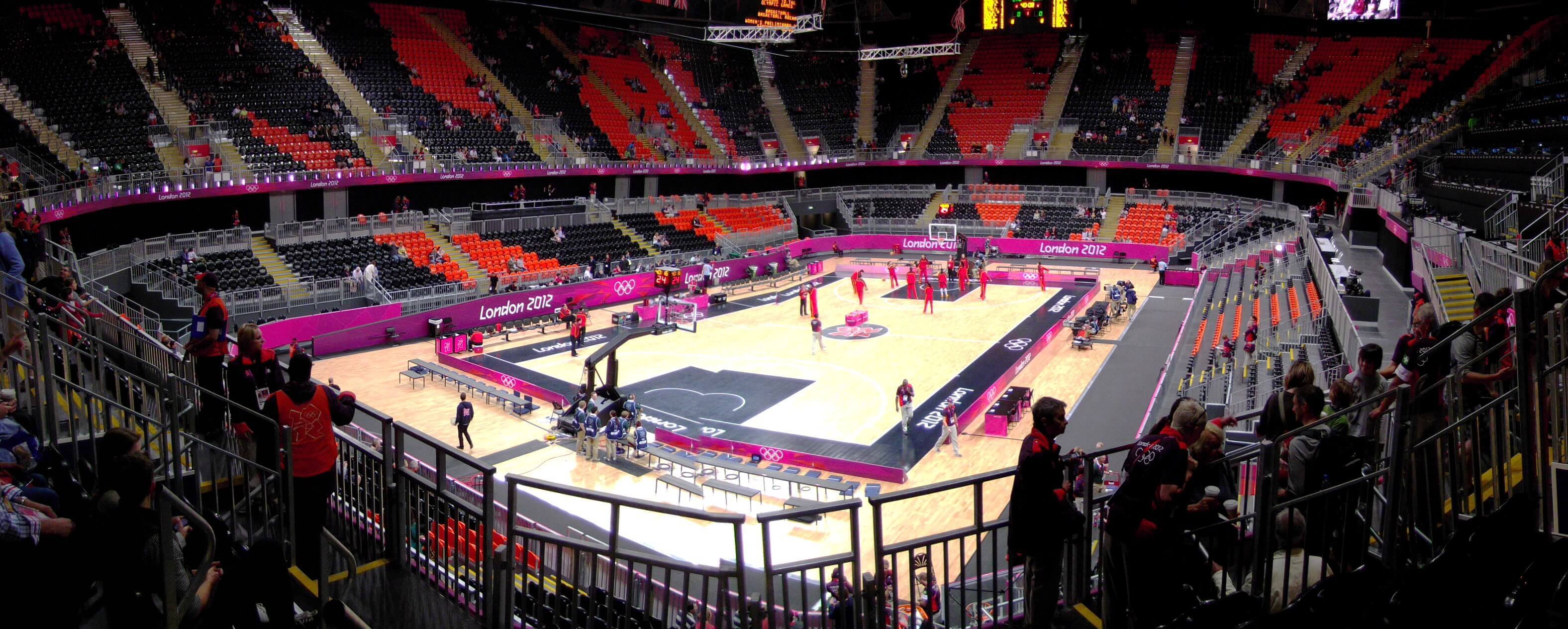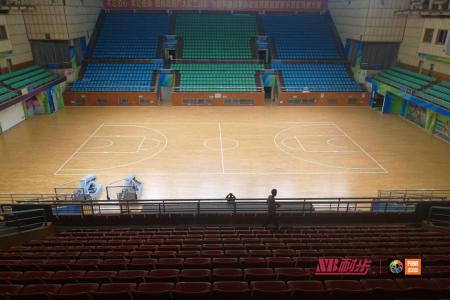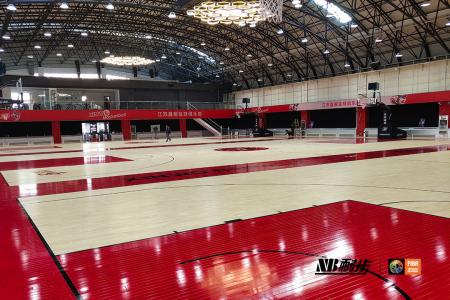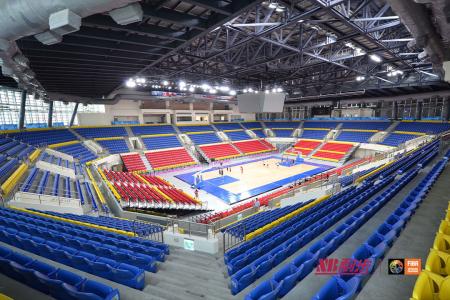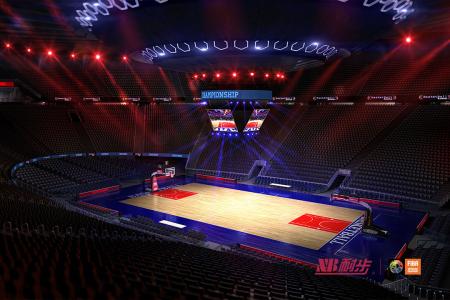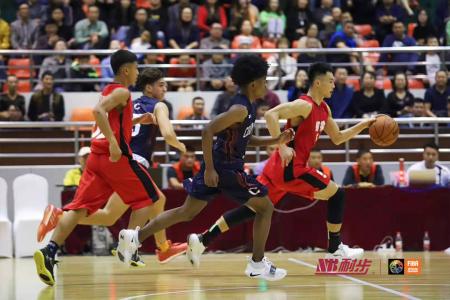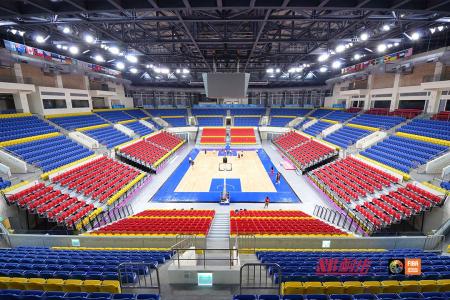The production and processing of sports wood flooring is a complex process. The beginning of the process begins with log harvesting. The NB sports wood floor engineer pointed out that in the selection of sports wood floor logs, it is necessary to strictly guard against clinging, especially to remove the logs with knots. Today, let's take a look at the knowledge about the sports wood floor log:
1. What is a log knot
The log knot is the branch part contained in the xylem of the tree trunk. As the diameter of the trunk grows thicker year after year, the part of the branch near the trunk is gradually wrapped into the xylem of the trunk to form knots.
Knots are the most common defect in wood, which can reduce the material and strength of wood. The degree of influence mainly depends on the size, density and position of the knots on the wooden components. The knots reduce the load-bearing capacity of the wood members. Jiezi wood is hard and heavy, which affects the uniformity and surface quality of the material, and is not conducive to cutting. Resin-rich knots can also affect the finish of the wood.
2. Classification of log knots
1) Live knot: The annual ring of the knot is closely connected with the surrounding wood, the texture is hard, the structure is normal, and the knot is formed by the living branches of the tree.
A joint is a living branch formed in the wood of the trunk, organically connected with the surrounding wood tissue, with a hard texture and a normal structure
2) Dead knots: knots formed by dead branches of trees that are separated or partially separated from the surrounding wood.
Dead knots are wrapped in the xylem of the trunk and are not connected with most or all of the surrounding wood, that is, dead knots, which are hard in texture or become loose due to decay.
3) Rotten knot: The knot itself has decayed but has not penetrated into the inside of the trunk, and the wood around the knot is still intact.
4) Healthy knot: The material of the knot is intact and there is no sign of decay.
5) Bifurcated joint: The joint formed by the angle between the bifurcated tip and the longitudinal axis of the trunk. Missing section: Setsuko is not only rotten, but also penetrates deep into the trunk. Causes internal material to decay.
The NB sports wood floor engineer has popularized the knowledge about the sports wood floor log setzi for everyone. When selecting sports wood flooring products, stadium engineers and Party A should pay special attention to whether there are any quality problems. NB Sports Wood Flooring has built its own log reserve bases in Northeast China and the Far East of Russia, producing high-quality log materials, which guarantees the professional quality of NB gymnasium wood floors and stage wood floors from the source.
1. What is a log knot
The log knot is the branch part contained in the xylem of the tree trunk. As the diameter of the trunk grows thicker year after year, the part of the branch near the trunk is gradually wrapped into the xylem of the trunk to form knots.
Knots are the most common defect in wood, which can reduce the material and strength of wood. The degree of influence mainly depends on the size, density and position of the knots on the wooden components. The knots reduce the load-bearing capacity of the wood members. Jiezi wood is hard and heavy, which affects the uniformity and surface quality of the material, and is not conducive to cutting. Resin-rich knots can also affect the finish of the wood.
2. Classification of log knots
1) Live knot: The annual ring of the knot is closely connected with the surrounding wood, the texture is hard, the structure is normal, and the knot is formed by the living branches of the tree.
A joint is a living branch formed in the wood of the trunk, organically connected with the surrounding wood tissue, with a hard texture and a normal structure
2) Dead knots: knots formed by dead branches of trees that are separated or partially separated from the surrounding wood.
Dead knots are wrapped in the xylem of the trunk and are not connected with most or all of the surrounding wood, that is, dead knots, which are hard in texture or become loose due to decay.
3) Rotten knot: The knot itself has decayed but has not penetrated into the inside of the trunk, and the wood around the knot is still intact.
4) Healthy knot: The material of the knot is intact and there is no sign of decay.
5) Bifurcated joint: The joint formed by the angle between the bifurcated tip and the longitudinal axis of the trunk. Missing section: Setsuko is not only rotten, but also penetrates deep into the trunk. Causes internal material to decay.
The NB sports wood floor engineer has popularized the knowledge about the sports wood floor log setzi for everyone. When selecting sports wood flooring products, stadium engineers and Party A should pay special attention to whether there are any quality problems. NB Sports Wood Flooring has built its own log reserve bases in Northeast China and the Far East of Russia, producing high-quality log materials, which guarantees the professional quality of NB gymnasium wood floors and stage wood floors from the source.

